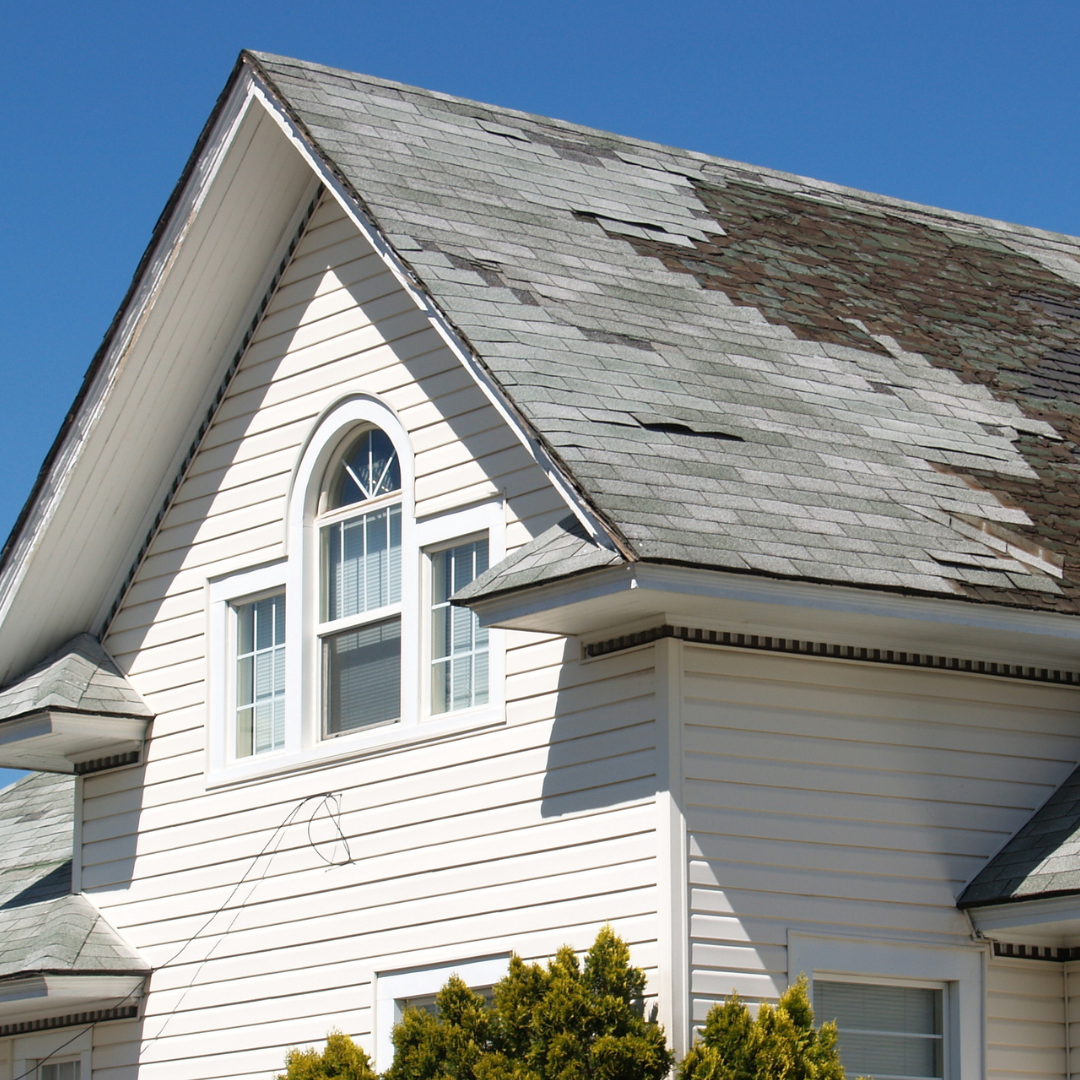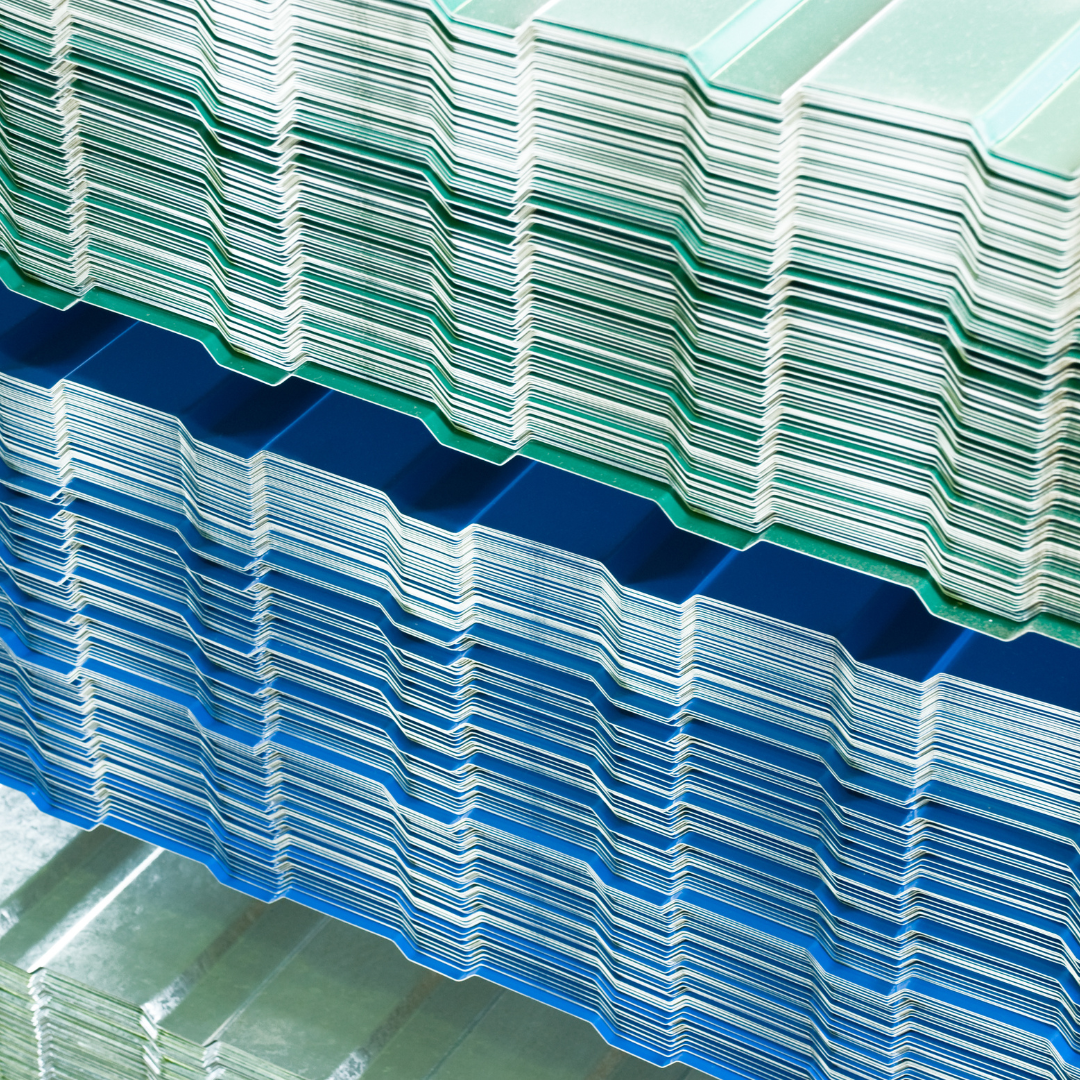
Signs Your Roof Needs Help
Knowing when to replace your roof is crucial to avoiding bigger problems. If you notice curling or cracked shingles, persistent leaks, or sagging areas, it may be time for a replacement. Additionally, roofs over 20 years old or those with significant wear should be evaluated by a professional to ensure your home remains well-protected.
Understanding Your Roofing System
Your roof does more than just cover your home—it protects, insulates, and supports your house’s overall structure. A roofing system is made up of several layers and materials, all working together to shield your home from the elements, including rain, wind, and temperature changes.
There are different types of roofing materials, each offering unique advantages depending on your climate and home style. Some of the most common options include:
- Asphalt Shingles – Affordable and widely used, great for most climates.
- Metal Roofing – Long-lasting and energy-efficient, ideal for extreme weather.
- Clay Tiles – Perfect for warm regions, known for durability and heat reflection.
- Wood Shakes – Offer a rustic look, but require more maintenance.
The right roofing choice depends on factors like weather resistance, energy efficiency, and aesthetics. Homes in areas with harsh conditions may need durable materials like metal or tile, while those in milder climates have more flexibility with options like asphalt or wood.
How Your Roofing System Works
A roofing system isn’t just about what you see on the surface—it’s a combination of layers, each serving a specific purpose:
- Roof Deck: The foundation of your roof, providing support for all other materials.
- Underlayment: A protective barrier that helps prevent moisture from reaching the deck.
- Roofing Material: The outer layer (shingles, metal, tile) that protects your home and adds insulation.
- Ventilation & Insulation: Ensures proper airflow and temperature regulation, preventing mold and moisture buildup.
These components work together to keep your home safe, comfortable, and energy-efficient.
Common Roofing Questions
- What are the essential parts of a roofing system?
- How does a roof prevent leaks?
- Why is proper ventilation important?
- Which roofing materials are most energy-efficient?
- What role does insulation play in my roof’s performance?
Exploring Roof Types
Different roof types serve different needs. Here’s a breakdown of some of the most popular options:
| Roof Type | Best For | Lifespan | Key Benefits | Considerations |
|---|---|---|---|---|
| Asphalt Shingles | Moderate climates | 15–30 years | Affordable, versatile | Shorter lifespan in extreme weather |
| Metal Roofing | All climates | 40–70 years | Durable, energy-efficient | Higher initial cost |
| Tile Roofing | Warm, dry areas | 50+ years | Long-lasting, low maintenance | Heavy, may need structural support |
| Flat Roofs | Modern/commercial buildings | 10–20 years | Easy to maintain | Requires good waterproofing |
| Wood Shakes | Mild, dry regions | 20–40 years | Eco-friendly, great insulation | Needs regular maintenance |
Other roof types include green roofs, rubber roofing, and specialized designs like gable and hip roofs. The best choice for your home depends on your budget, style preferences, and local climate.
Consider Roofing Material Options
There are several types of roofing materials, each with its own advantages. Asphalt shingles are the most common due to their affordability and durability. Metal roofing offers long-lasting protection and energy efficiency, while clay or concrete tiles provide a classic, weather-resistant option. For a more sustainable choice, slate or wood shakes add natural beauty and longevity. The best material for your roof depends on your budget, climate, and desired aesthetic.




